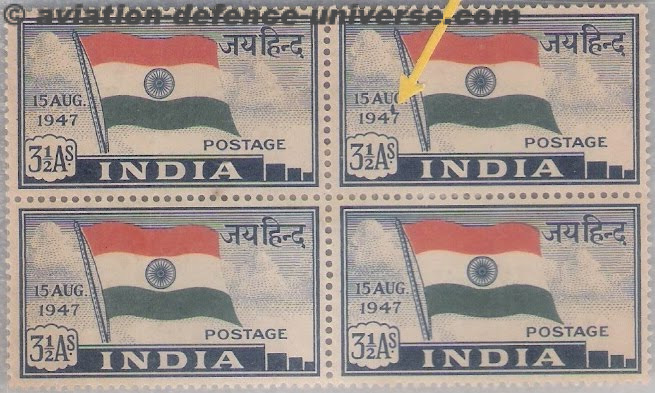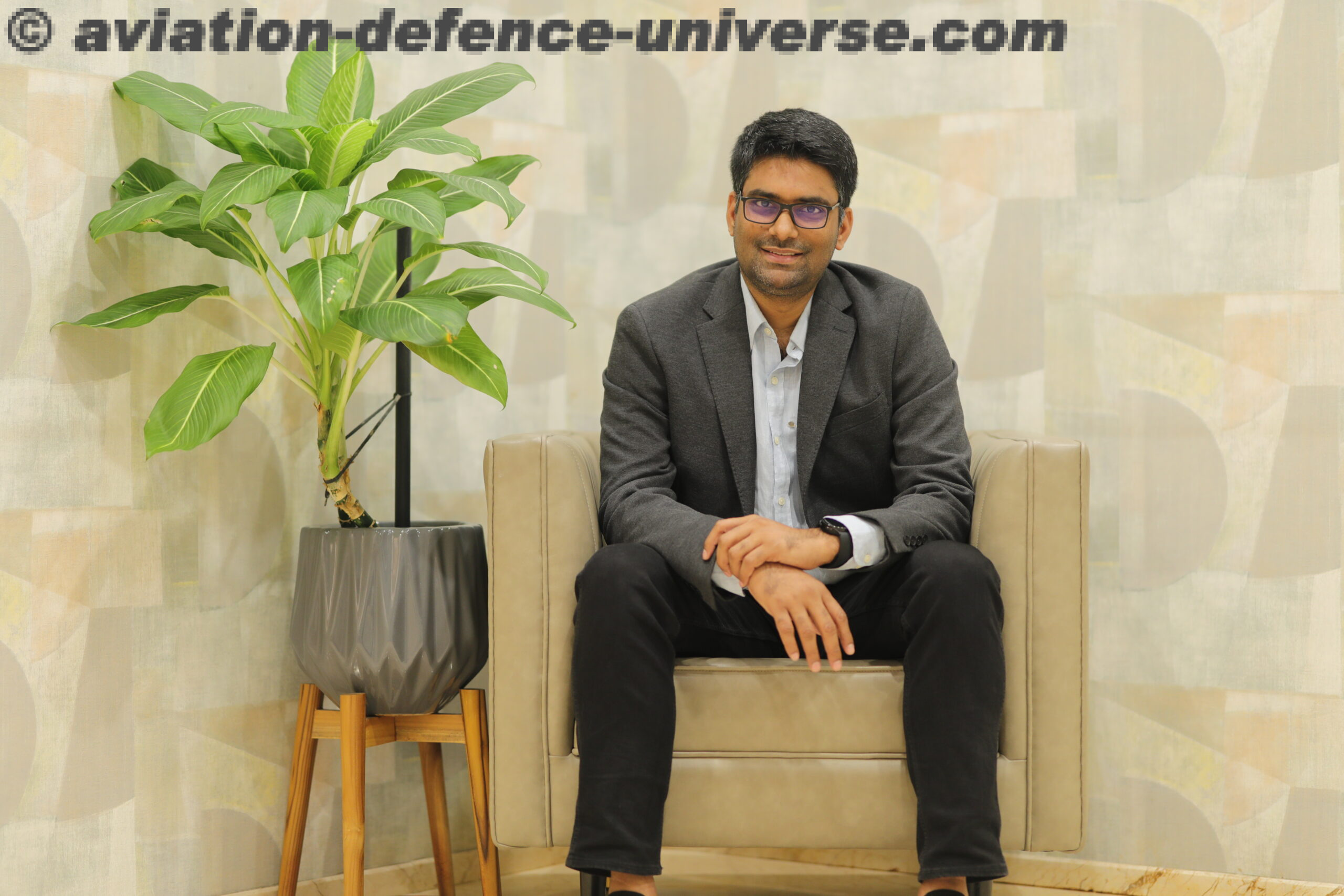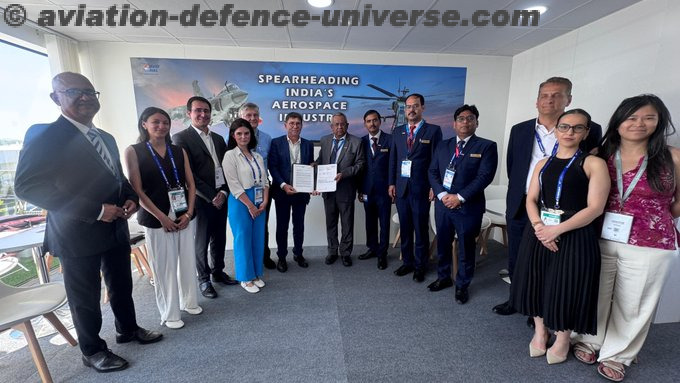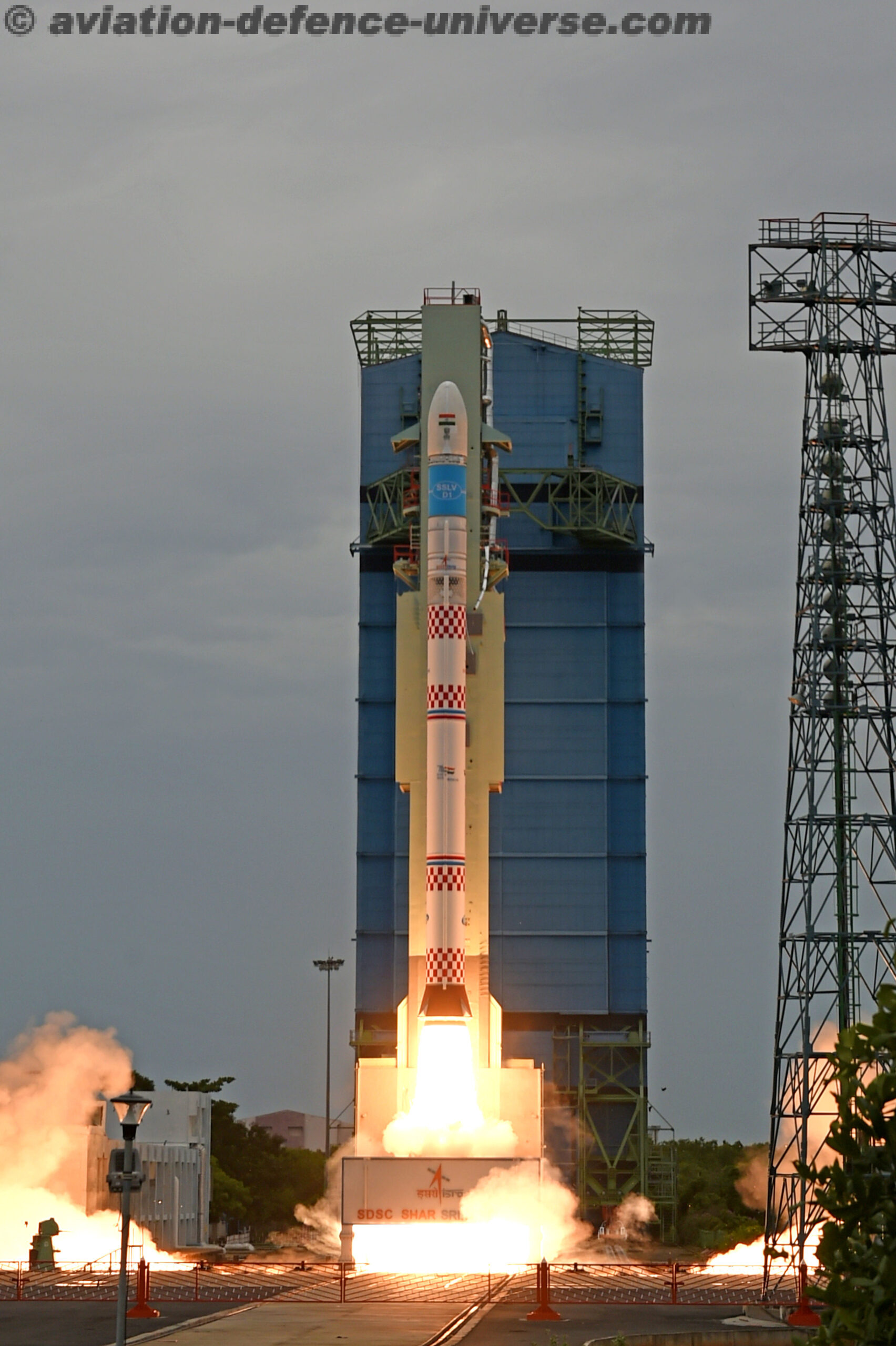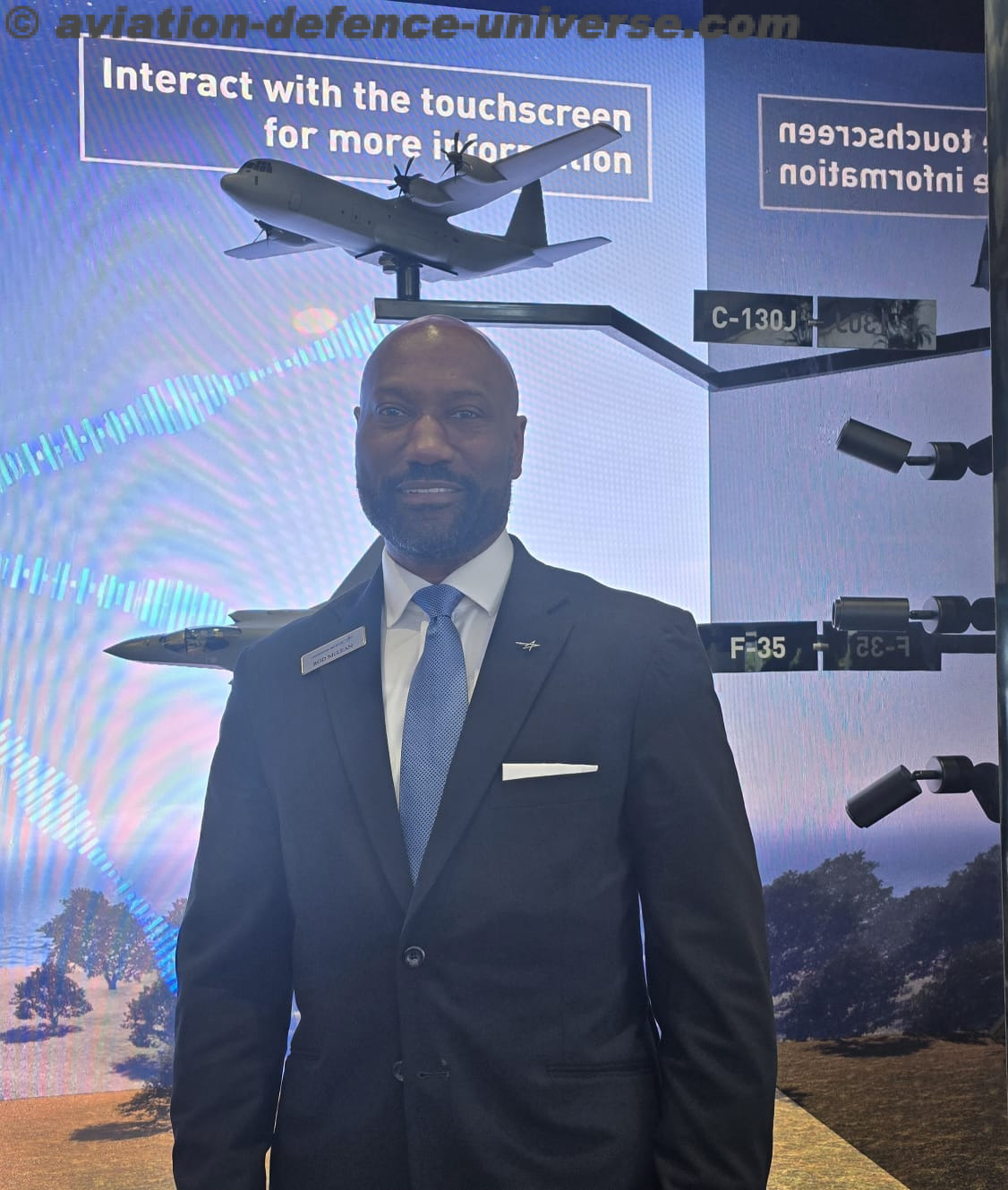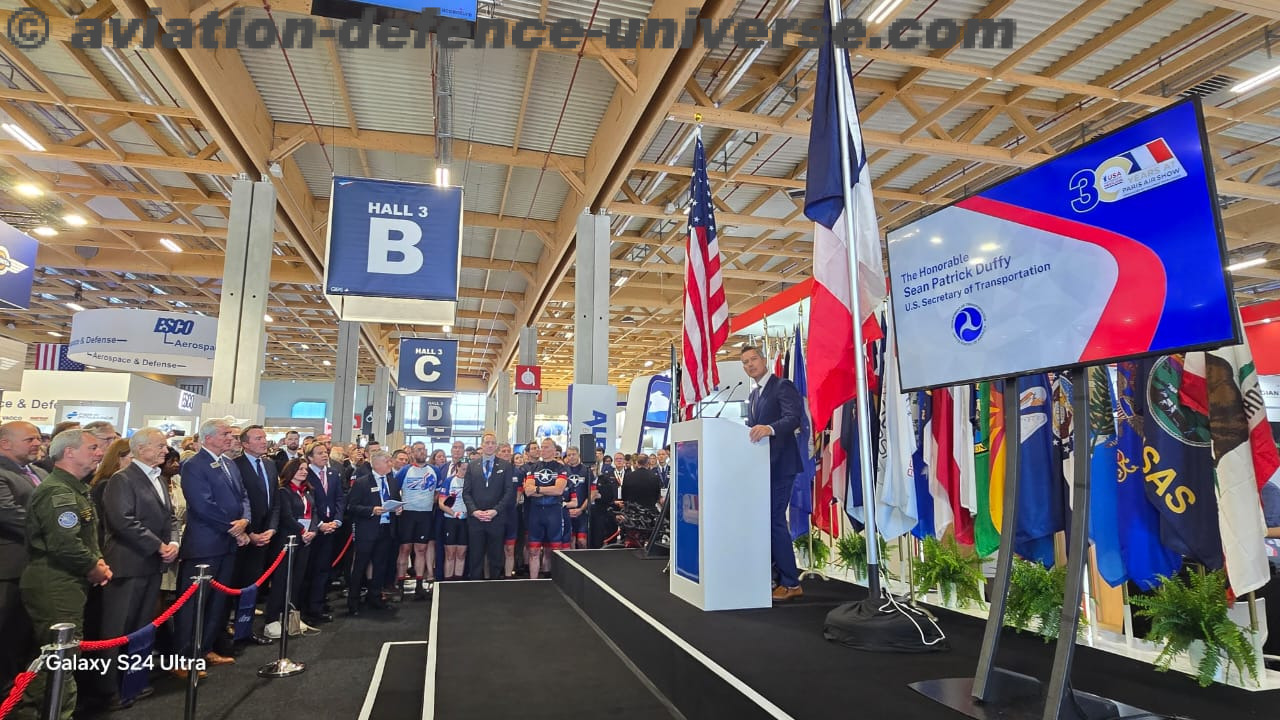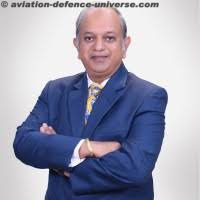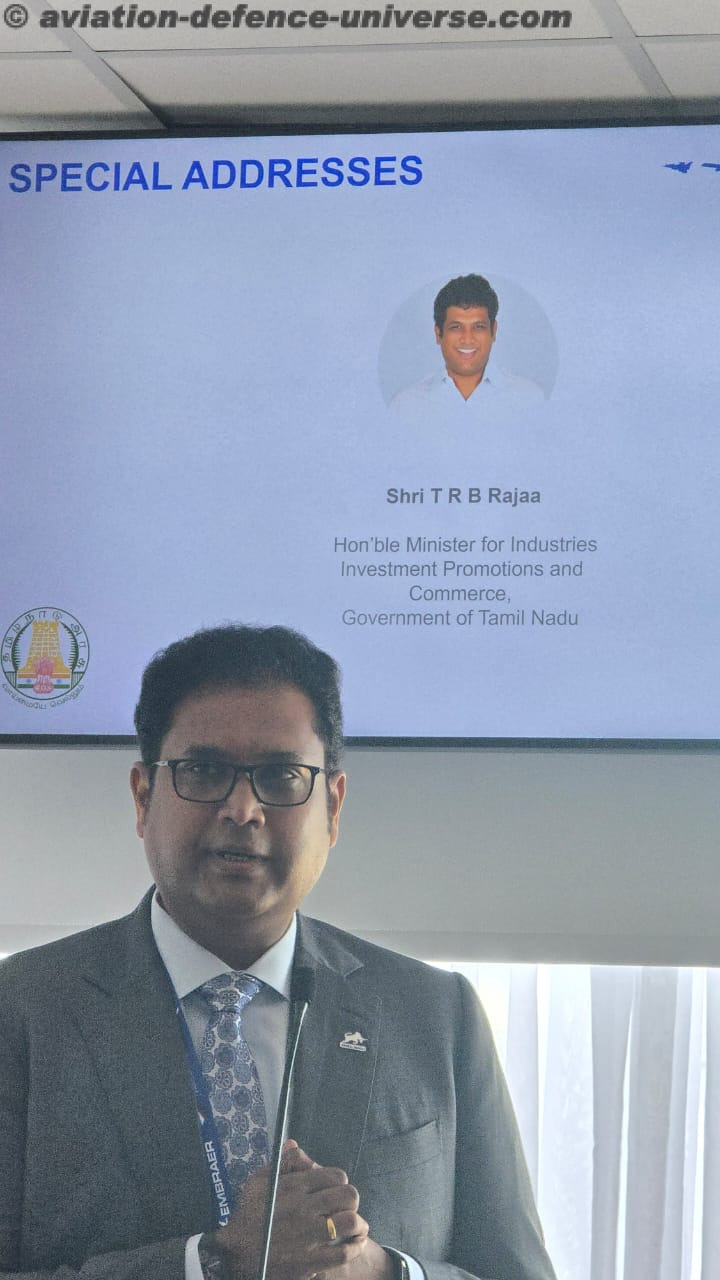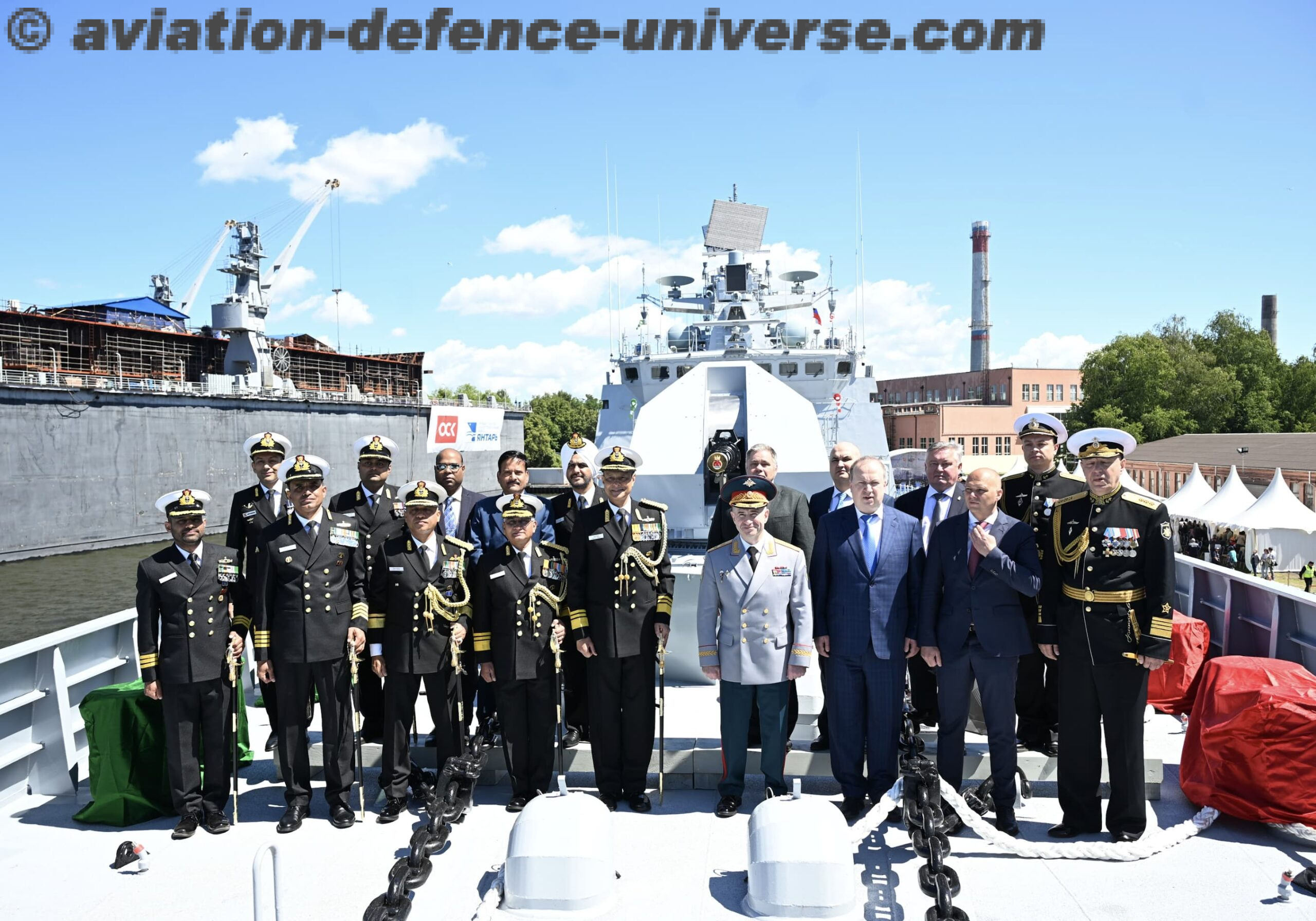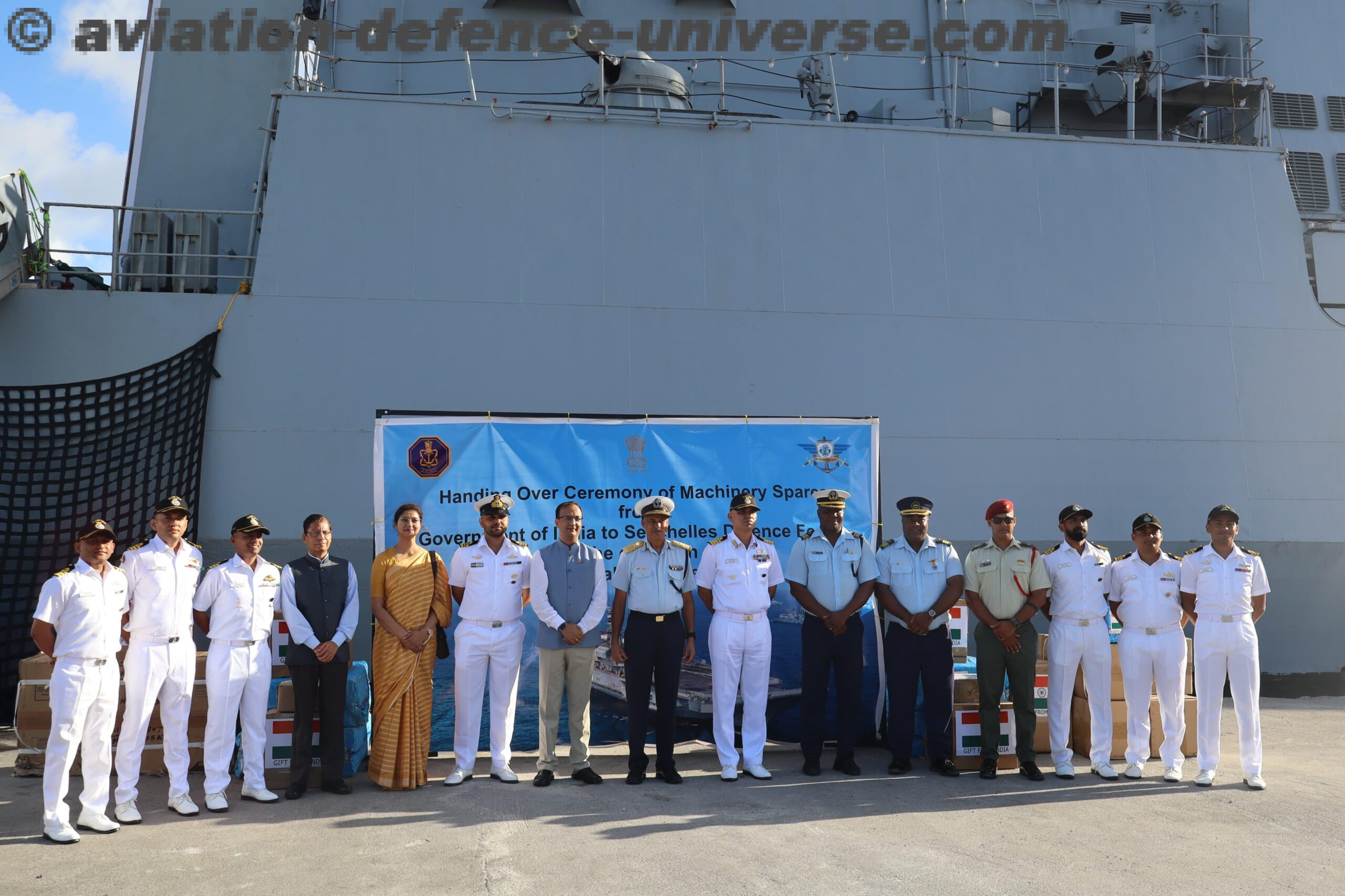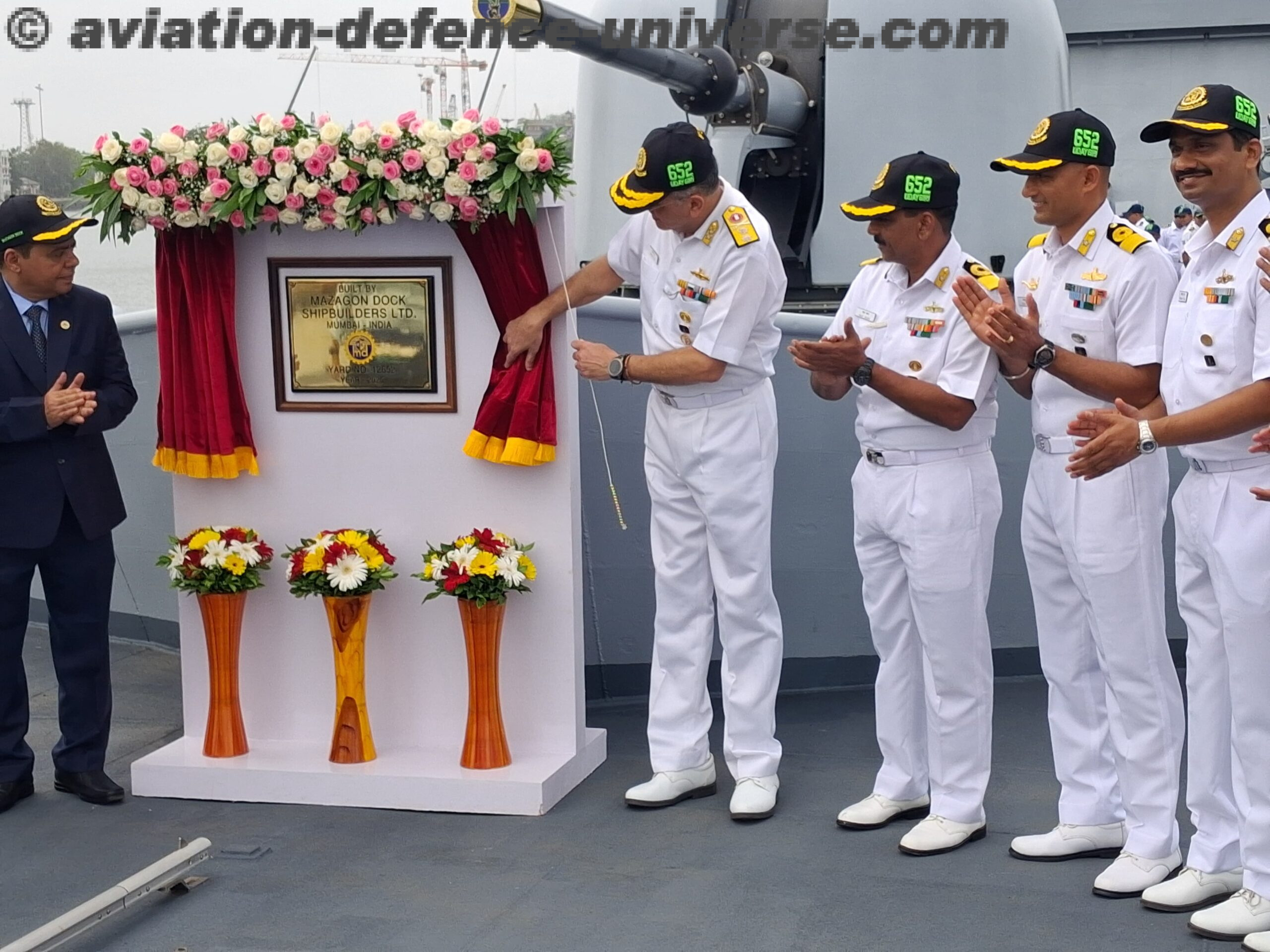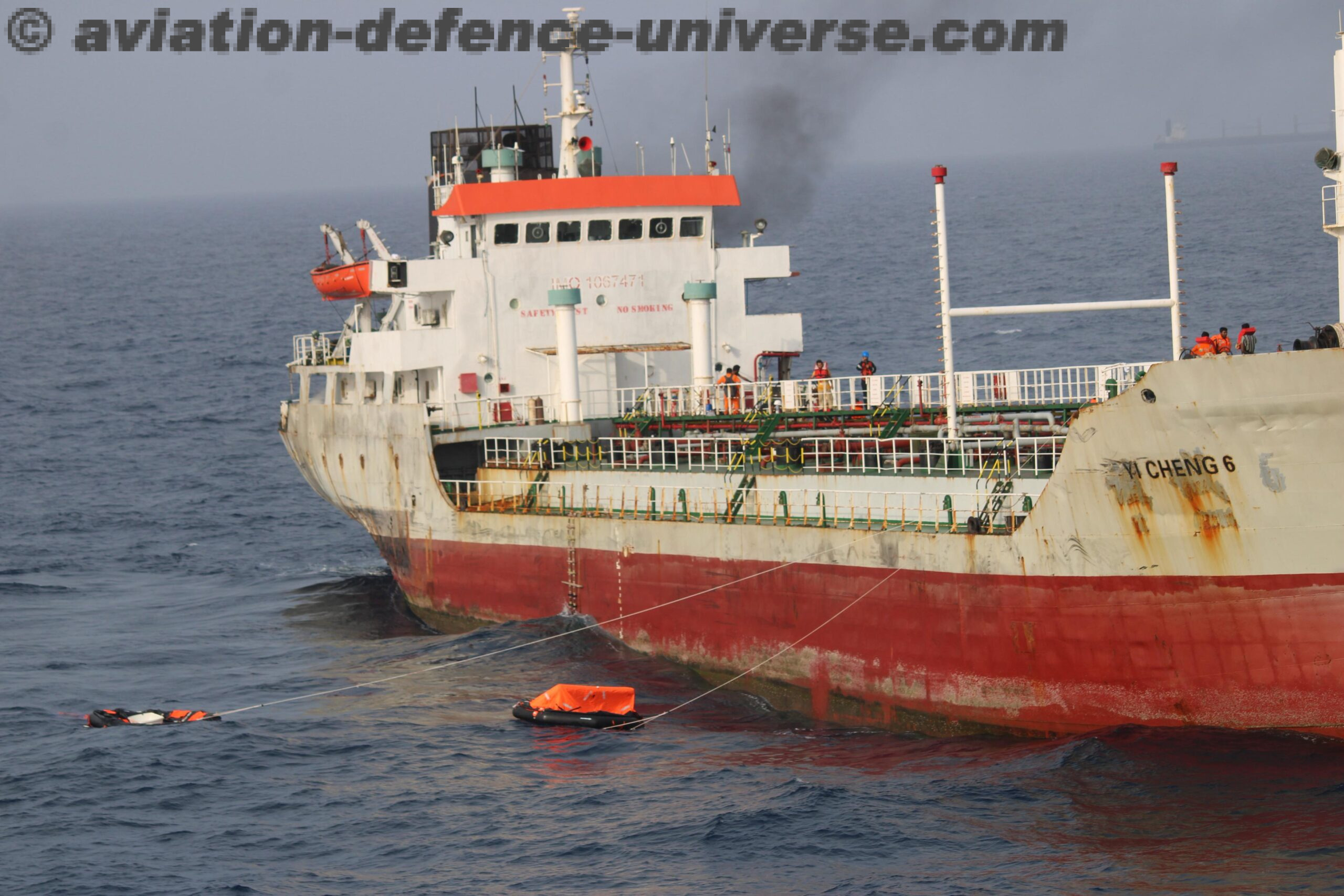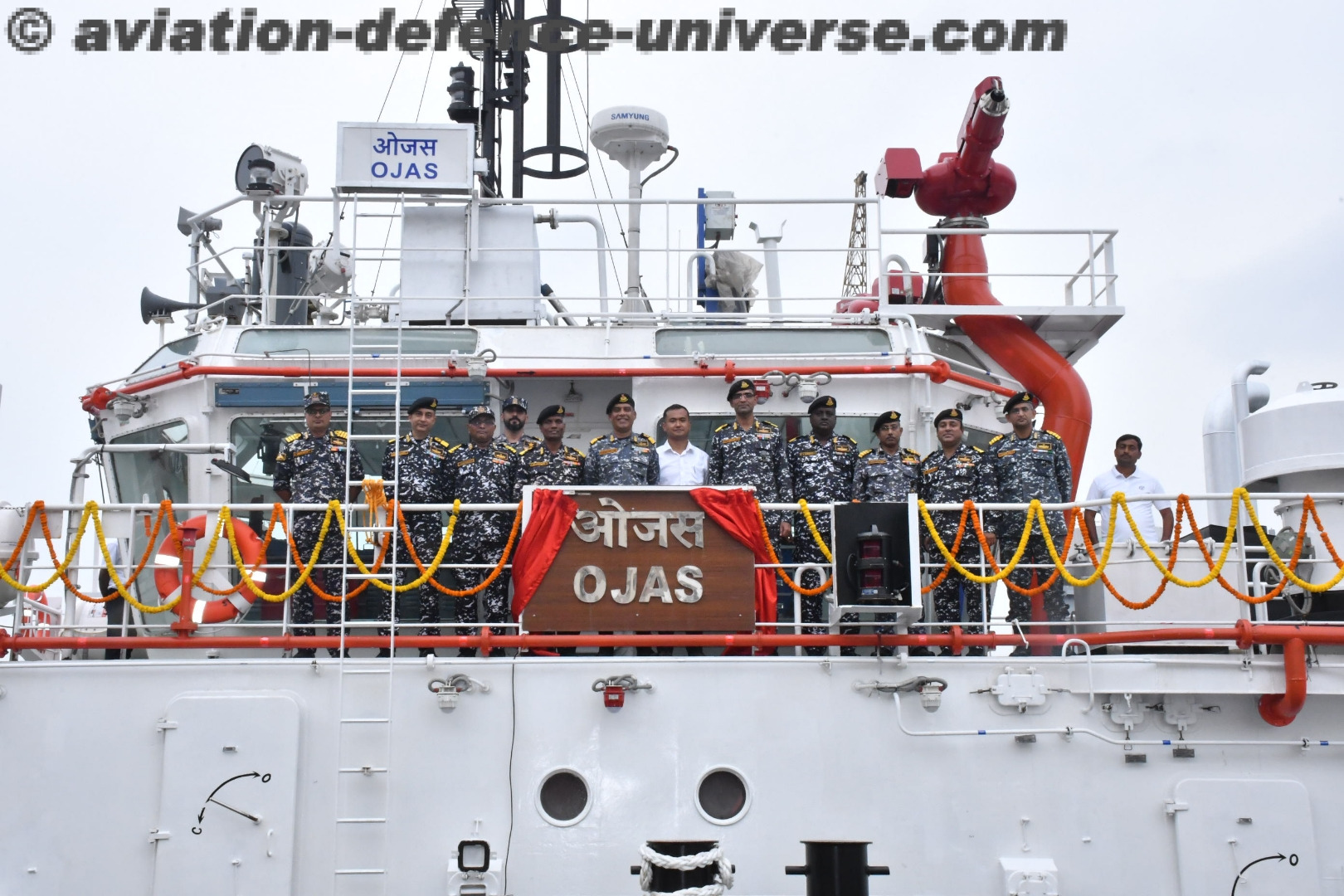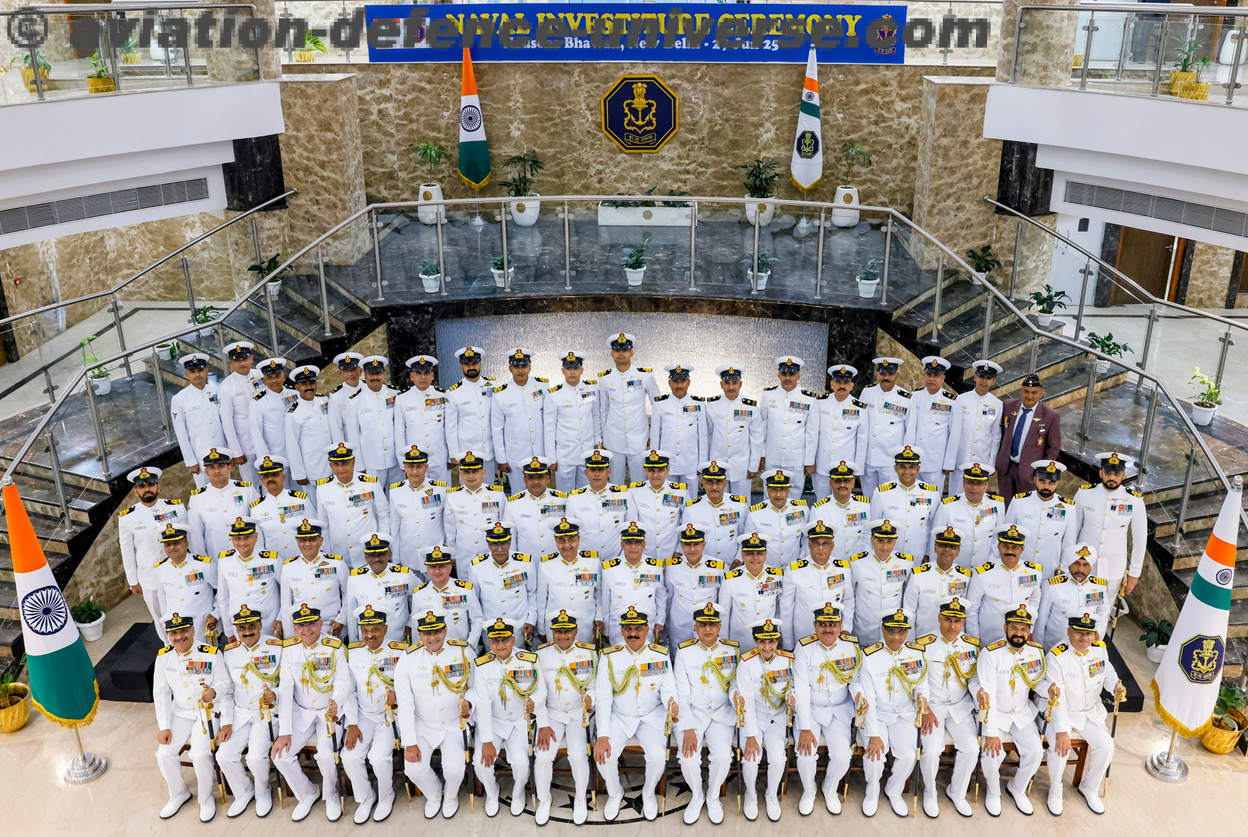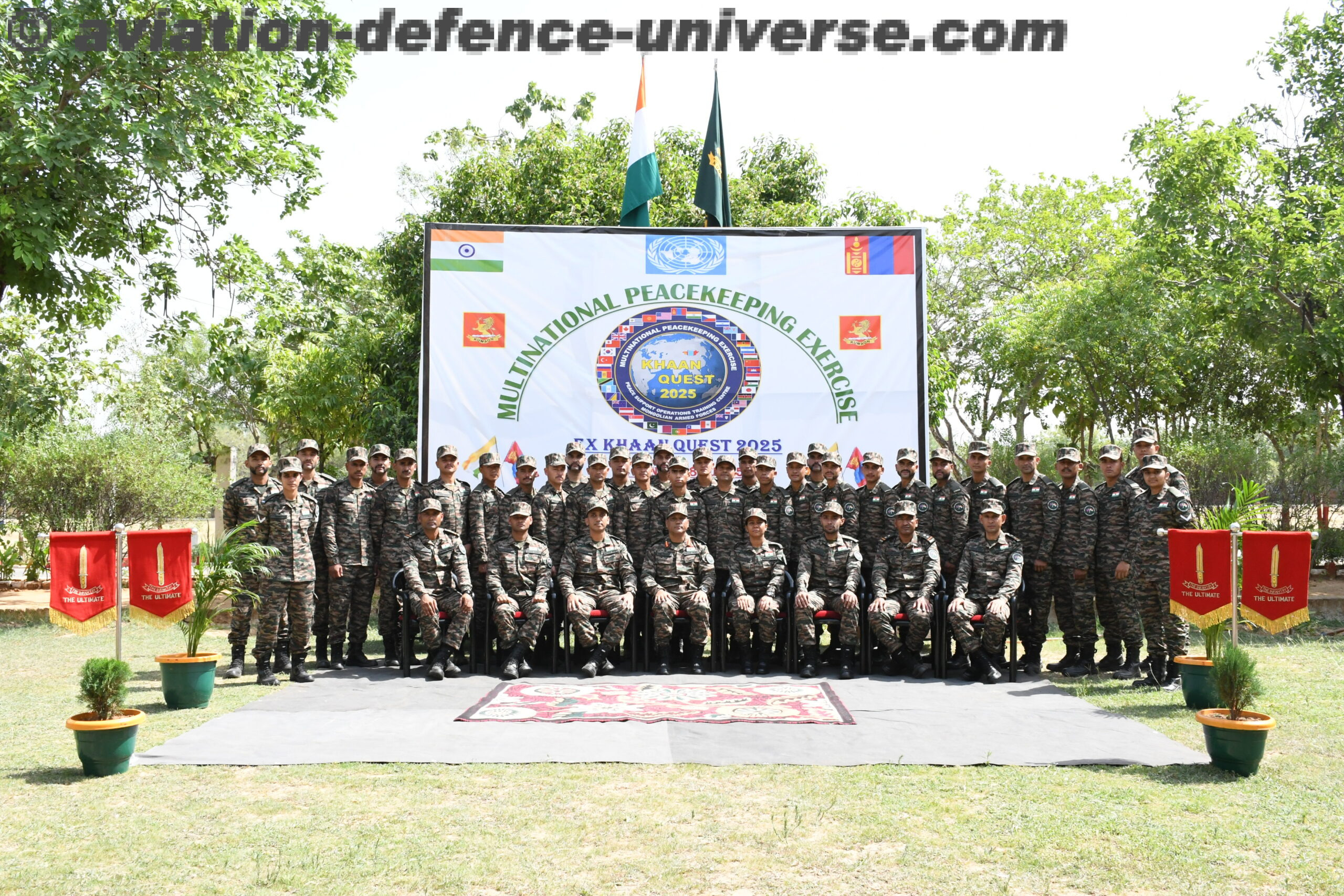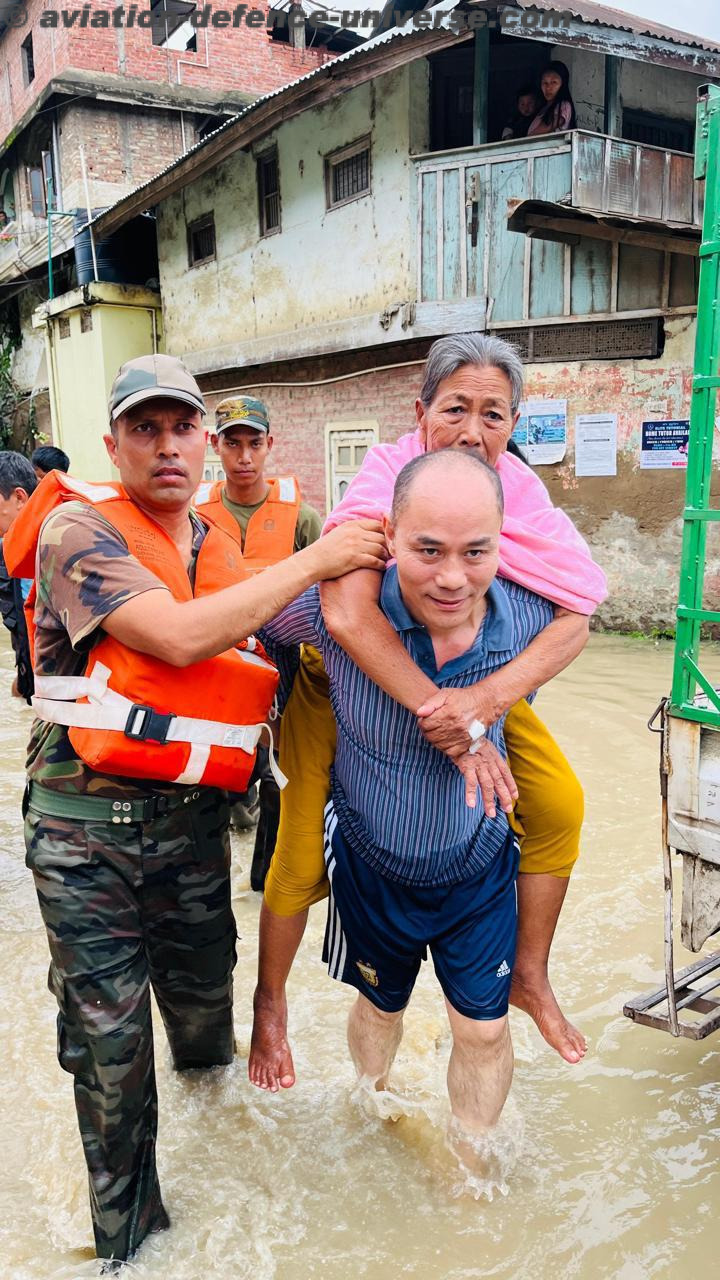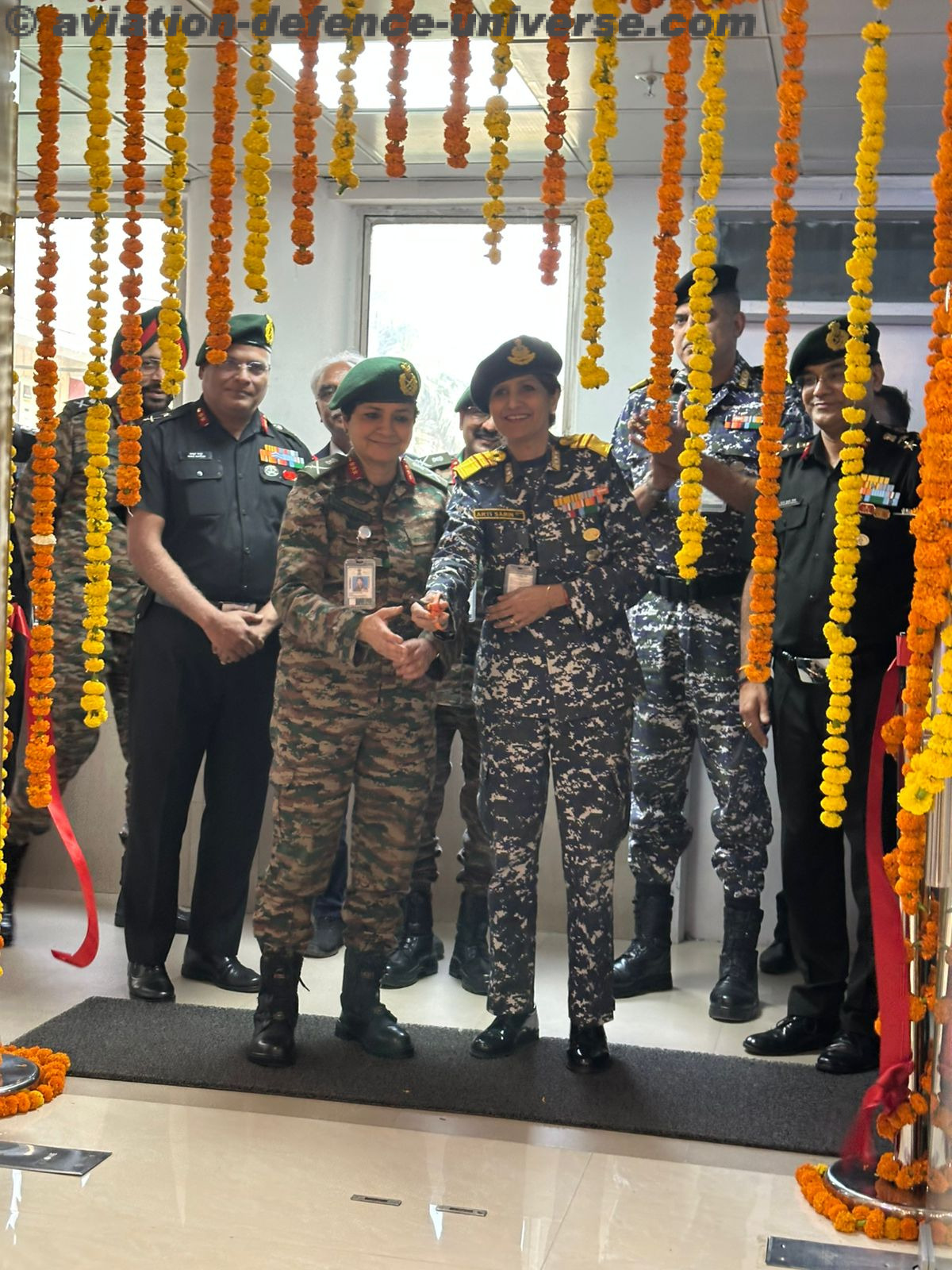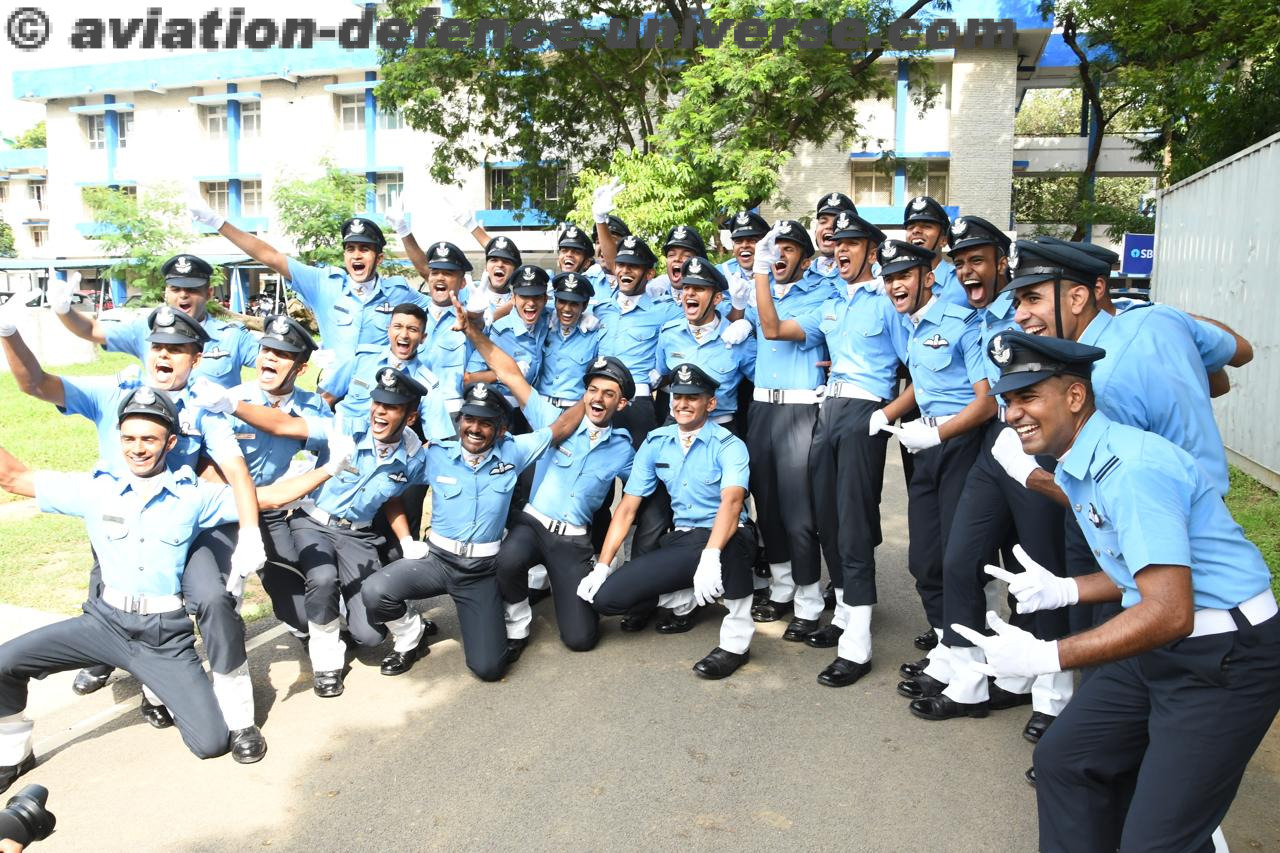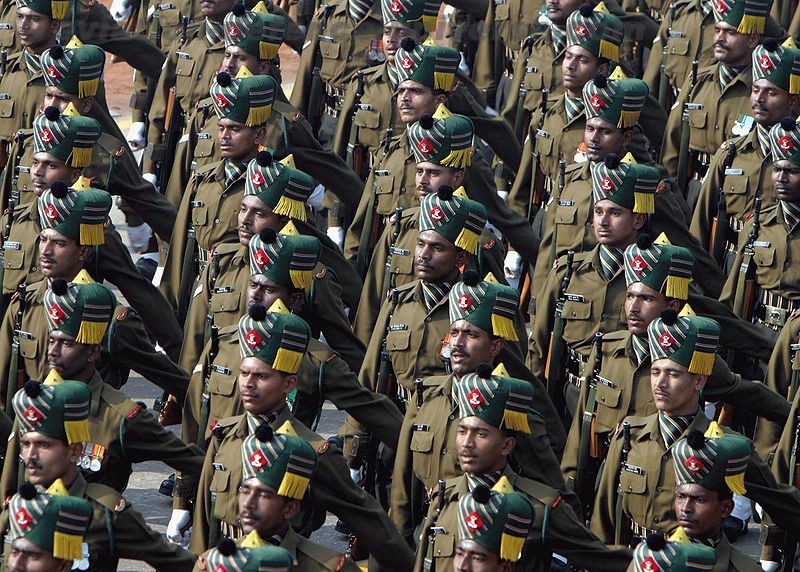
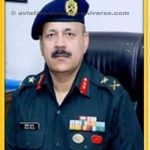
By Maj Gen Ashok Kumar, VSM (Retired)
New Delhi. 14 August 2022. The country is celebrating 75th year of independence on 15 Aug 2022. The main organisation responsible for this dream day has been the Indian defence forces in general and the Indian army in particular. India got independence on 15 Aug 1947, got partitioned with one part of Pakistan in the West and the other part of Pakistan in the East. In addition to downsized British Indian forces post culmination of WWII, the available defence forces were distributed between India and Pakistan besides some of the manpower from certain units split based on the religious affiliation and individual choices. In addition, British officers tenated multiple important positions in both India and Pakistan till close to a decade after India gaining the independence.
Besides being a sufferer of large scale deaths and migration during the partition, India also had a huge challenge of integrating more than 500 princely states in the Indian union. In addition, it had the challenge of freeing Goa, Daman, Diu, Dadra and Nagar Haveli from the Portuguese Rule. While effective diplomatic efforts succeeded in integrating majority of the princely states, some of them required armed intervention by our defence forces to include Hyderabad, Junagarh and few others. On one hand, Indian Army was fighting Pakistan in J&K (22 oct 47 – 05 Jan 49), it had to intervene in Hyderabad State from 13 Sep 48 to 18 Sep 48 militarily to annexe it as part of Union of India. Similarly, within less than one year of liberating Goa from the Portuguese (17-19 Dec 61), it faced China in 1962 war (20 Oct 62 – 21 Nov 62). While it had adopted tri-services approach and employed considerable Army strength in other conflicts, Indian Army battled with China in 1962 war all by itself suffering its only but the worst defeat though the courage and fighting spirit displayed by Indian soldiers were unparalleled. The country was not hoping that Chinese will backstab us despite Panchsheel Agreement and Hindi-Chini Bhai Bhai slogan having emerged . One of the primary reasons of our loss in this war was related to our soldiers getting out numbered in a very big way. India learnt its lesson well in this war and has never looked back since then. Indian Army has taught lessons to Chinese in 1967-Nathula, Chola Clashes, in 1987 – Samdurang Chu, in 2017 – Doklam and Kailash range action in 2020. Indian Army is face to face with Chinese on the LAC in Eastern Ladakh since Apr-May 2020 and steadily holding the honour of Tiranga high with a winning mindset.
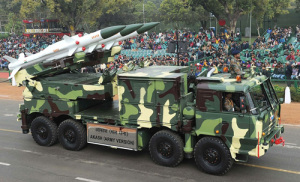
Indian Army has also shown Pakistan its place in the four conflict so far. Be it 1947-48, 65, 71 or 1999, Indian Army came victorious and much stronger than the previous battles. In fact, in 1971, it dismembered Pakistan and created a new country, Bangladesh from East Pakistan, a feat never achieved by any country in the world.
In addition to this, Army has also been involved in addressing internal security issues of J&K and NE states besides contributing in multiple other activities wherever nation needed. At 75 years of independence, it will be more appropriate to call it ‘People’s Army’. Indian Army is there to extend its helping hand to all the citizens of the country. Soldiers have never failed the nation and have made ultimate sacrifice as and when needed.
Major learning of Indian Army has been from the 1962 debacle. It was the sole war where India believed the intention of the Chinese and did not create requisite capability. Even the force level available in the country was probably not used optimally. Indian Army had launched operation against Hyderabad state in 1945 and Goa in 1961 wherein sizeable No of troops were ready for the ultimate win and success came. As against this, the strength mustered against Chinese was much less. History is past and that country does well which learns its lessons well. India has done well at this and is now focussed on capability based response both against China and Pakistan. The LAC stand off has facilitated Indian Army in restructuring its forces for making it capable of fighting with China and Pakistan together.
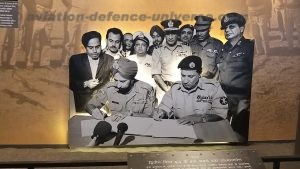
1971 operations saw deliberate professional maturity of the Indian Army wherein it chose the timings and method of operation besides excellent coordination between the three services. As it moved ahead to 1986-1987, it adopted large scale mechanisation predominantly against Pakistan and demonstrated its capability through Operation Brasstacks. Going further, it demonstrated its capability of nuclear weaponization in 1998 though the first detonation was done as early as on 18 May 1974. At this point of time, it has close to 160 nuclear weapons though our prime adversaries, China and Pakistan are also nuclear weaponised nations holding close to 350 and 165 nuclear weapons respectively. Indian Army has to be ready for collusive threat of China and Pakistan both conventionally under nuclear overhang as well as being ready for decisive second nuclear strike based on its current philosophy of ‘No First Use’.
Indian Army has already made major strides in procurement of some equipments while efforts are continuing for more procurement for making up the capability gap in other areas. Having accepted the appointment of first CDS, Government is also inclined to enhance the capability of Indian Army including efforts being made for theaterisation as well as for creation of Integrated Battle Group (IBGs). It is also true that more needs to be done.
Having carried out our re-appraisal of post Independence era and a closer look to recent conflicts including the one currently in vogue between Russia and Ukraine, it is evident that qualitative edge is more important though seeing the terrain of conflict both with China and Pakistan, quantitative approach cannot be negated altogether. It is therefore essential to highlight some of the issues which need to be factored by Indian Army at 75 to discharge its national responsibilities, regional support capacities and international obligations. Since both re-structuring of the organisations as well as equipment procurement, more so if it has to be predominantly indigenous, takes time and therefore, Indian Army has to be at war with itself to give it the requisite capability to handle the threats which it has to see minimum 50 years ahead, if not more.
Some of the issue needing urgent attention for Indian Army are as under though some of these have direct/indirect implications for other services as well as other national stake holders as well:
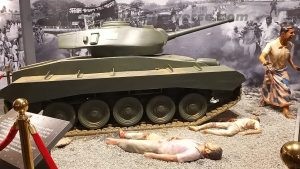
Restructuring and Re–organisation
*While one border, one force is a positive approach but two changes are critical. One – BSF should be shifted from responsibility of Bangladesh border and be put on Bhutan border whereas SSB responsible for Bhutan Border be placed on Bangladesh border. This will result in capability and threat matching as Chinese threat can manifest through Bhutan as well.
* The concept of border guarding needs to be changed. while the current approach may continue elsewhere but on the LAC with China and LOC as well as AGPL with Pakistan, responsibility must be given to Indian Army with all border guarding troops placed under command Army during peace, NWNP and war. It will help in optimisation of our capability.
* Theaterisation is required to be reviewed afresh for deciding its structures, methodology for adoption and implementation timeframe. The current structures are outdated and can only fight the previous war. A pledge is needed at India at 75 to finalise the issue and adopt a time plan.
*Enhancement of cyber capability is must. Defence Cyber Agency (DCA) is inadequate to meet the current challenges. It must be upgraded to a command level structure with requisite expansion and must have professional experts both on the permanent and contractual roaster. Even the student/agencies in this field can be co-opted for this national mission. China as well as Pakistan have taken lead in this field and we must accord it the priority it deserves.
*Defence space agency must be also upgraded to a command configuration. It should not only look at satellite constellations but also enter into the domain of Anti-Satellite weapons (ASAT). China has already moved ahead in this direction. It may cripple our capabilities if we don’t develop ASAT for our Army.
*Strategic Forces Command (SFC) though operational but need to be given more capability. Tested and reliable nuclear triad should be its part besides a wide range of missiles including hypersonic missiles must be its part.
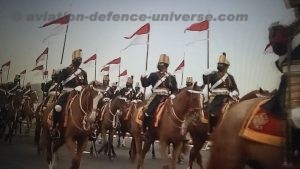
*IBGisation must be speeded up. The current pace is too slow. The concept must be vetted and applied in a time bound manner. Indian Army has adequate capacity not only to undertake these re-structurings but also to create further capacities as the technology, automation and changing nature of warfare gives it the enhanced capacities.
*There are many more other areas like adoption of Life Cycle Costing (LCC) method for acquisition as against L1 based present approach, creation of MRO network in India and abroad, synergising logistics corps of Indian Army and functional integration at all levels more so in the military minds. We can be net security providers not only in the Indian Ocean but in the entire Asian region.
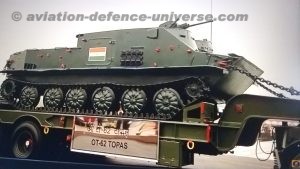
Equipping
It is very important that the Indian Army is equipped well to fight its twin adversaries in an effective manner. ’Make in India’, ‘Aatmanirbhar Bharat’, taking out negative lists for imports and focus on defence exports have already resulted in reduction of imports, enhancement of exports and indigenous approach in defence production. While continuing this approach, technologically superior manufacturers have to be contracted for high technology equipment but only those who are willing to do technology transfer as well as which are ready for co-production and export, if needed. Some of the aspects of major Arms are as under:
*Infantry: A total revamping is needed by equipping few battalions with ICVs for mobility and end state dismounted attacks. Two type of personal weapon systems factoring war as well as CI/CT requirement which should compliment each other to a reasonable degree. The load carrying capacities will need to be re-worked out and most agile infantry soldier is needed to lead small team operations. The requisite surveillance and fire power is needed to be given. India at 75 will realistically prosper if an infantry soldier is appropriately equipped and trained.
*Armoured Corps: Two categories should be focussed, one for Western sector excluding the mountainous terrain and other for the Chinese border and mountainous terrain of Pakistan border. Adequate No of light tanks must be available as their employability and dividends are pretty high. There should be only two type of tanks..heavy and light.It will reduce the MRO effort also substantially.
*Mech Inf: Large No of ICVs need to be procured. In addition to the conventional role, large No of infantry battalions need to have these for their safe transportation in battle conditions and reducing the scope of dismounted attacks and increasing success. Two type of ICVs should be adopted for entire operational matrix.
*Artillery: A serious debate is needed towards increasing the rocket component. There is an urgent need to create overwhelming rocket force. As for as intimate support is concerned, two category of guns should exist – long range Heavy arty of 155mm calibre and long range Light artillery of 155mm calibre, the inter-se ratio will change based on infrastructure development in the forward areas.
*Air Defence: There is a crying need to equip the units with LRSAM, MRSAM, SRSAM, VSHORD and effective gun systems. Some variety is inevitable as different threat profile will require different weapons to handle unless more synergistic weapon platforms are available
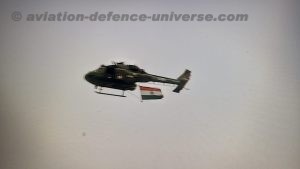
*Aviation: This is another area which needs major equipment upgrade. Not only R&O support but attack hepter support must be available down to planned IBG level in adequate quantum. Substantial dedicated air transportation capability must be created down to Corps level.
* The capacity creation is not only required to be only in the above arms but major upgrades are needed for Engineers, Signals, Intelligence Corps and other service elements. The best part is – all this is do-able in case the country decides to progress with new resolve.
India became Independent on 15 Aug 1947. Freedom at midnight speech stated “. . . . . At the stroke of the midnight hour, when the world sleeps, India will awake to life and freedom”. Now India at 75, it has to take a new pledge to strength its defence forces in general and Indian Army in particular. Hope the nation takes this pledge to guarantee freedom and progress not only to this generation but for the future generations as well.
(Maj Gen Ashok Kumar, VSM (Retd) is a Kargil war veteran and defence analyst. He is visiting fellow of CLAWS and specialises on neighbouring countries with special focus on China. The views in the article are solely the author’s. He can be contacted at editor.adu@gmail.com).
